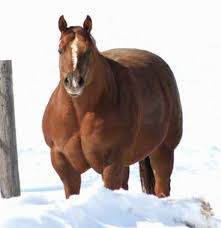I have just recently started to watch Yellowstone, which obviously is fiction, not reality.
But I just saw an episode last night where they took a green horse that needed some work and a green cowboy, and duct taped the cowboy into the saddle and let him just keep going around the ring on the horse until the horse was exhausted enough to be tame.
The part that worries me is if somebody who doesn’t know anything about horses tries that at home. Lol.





